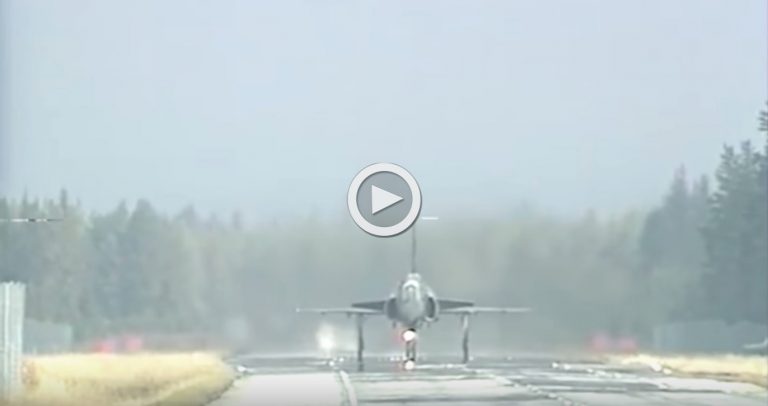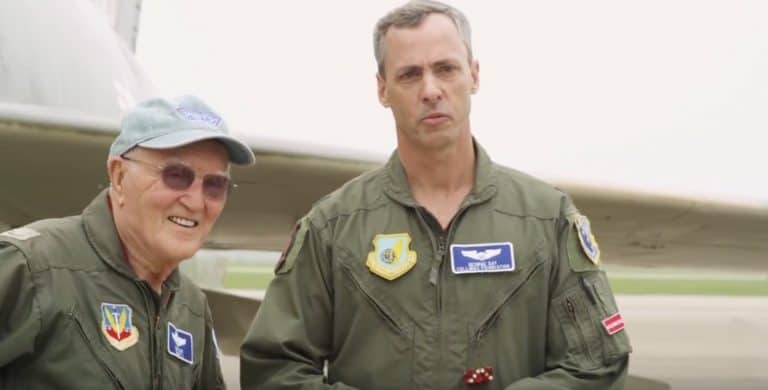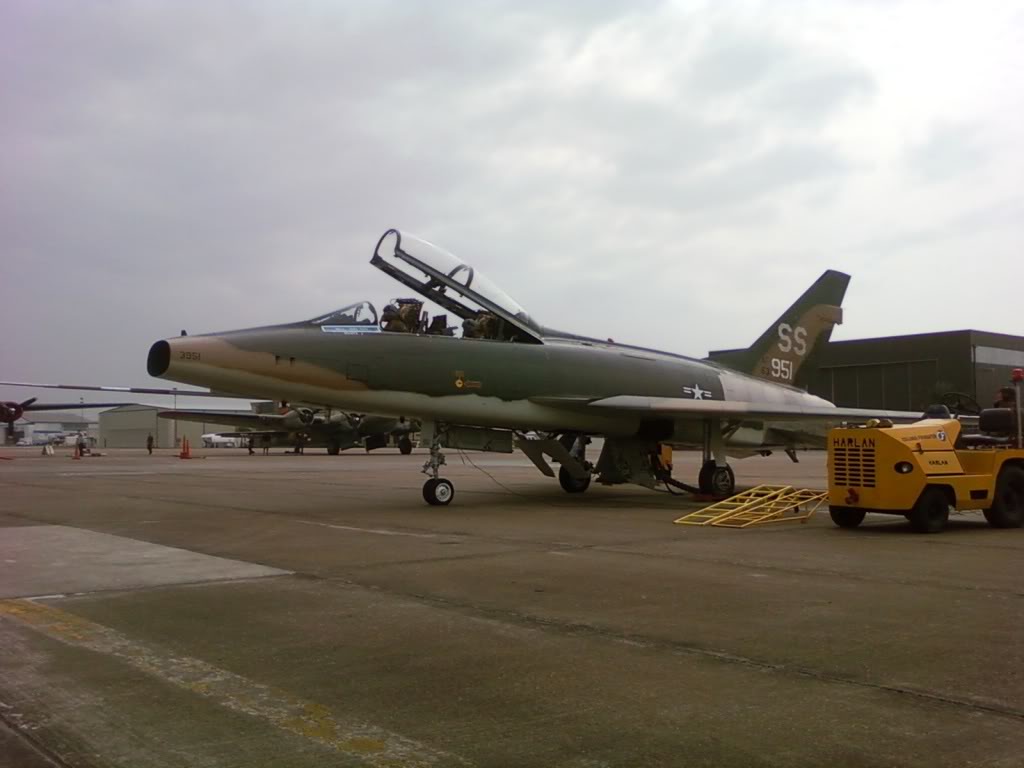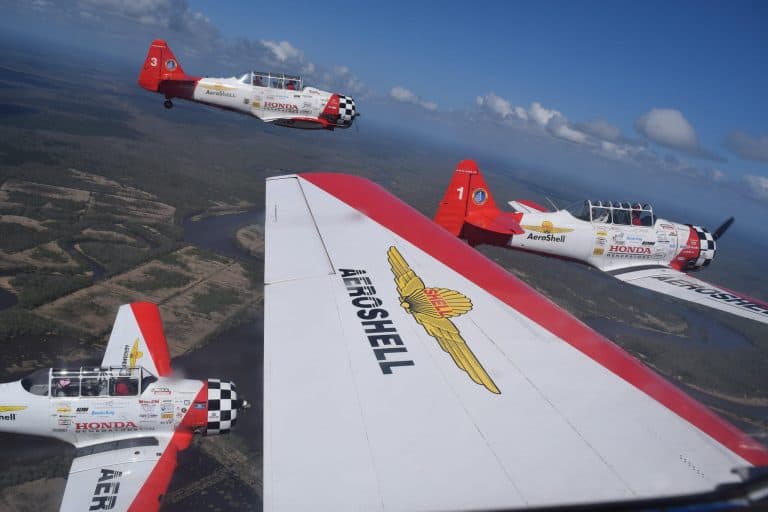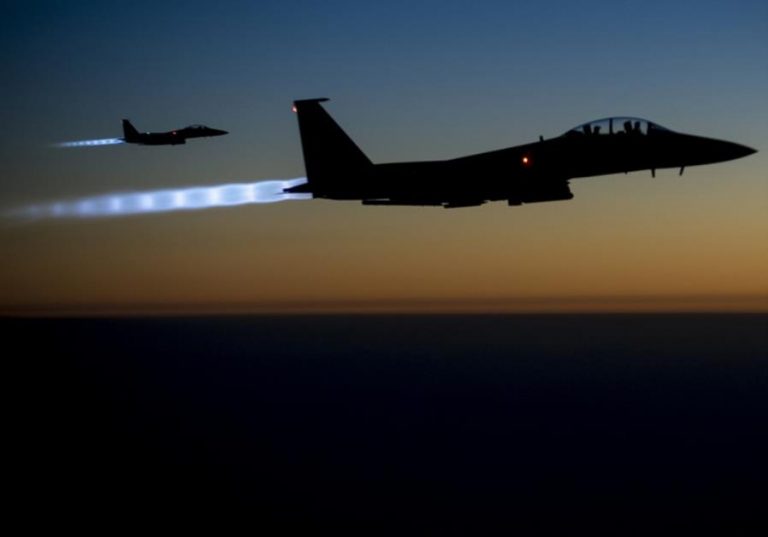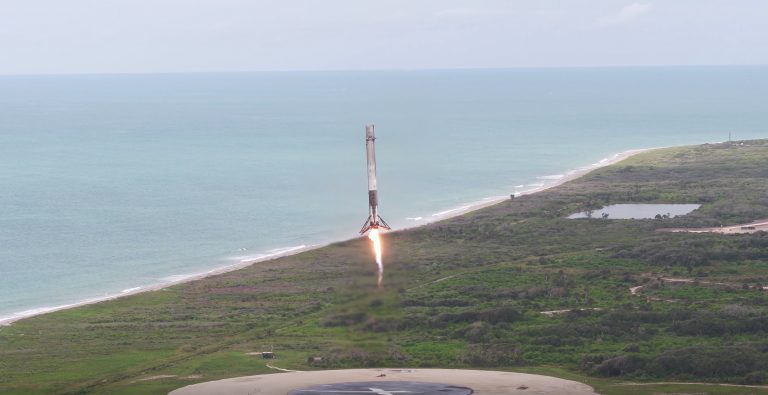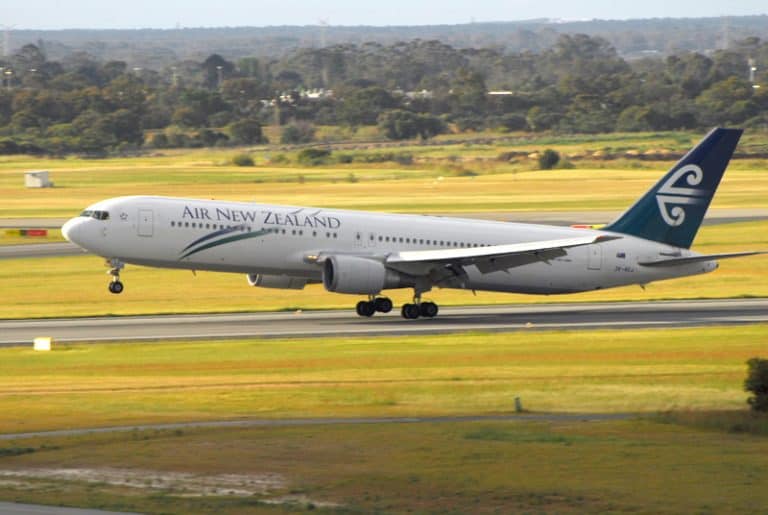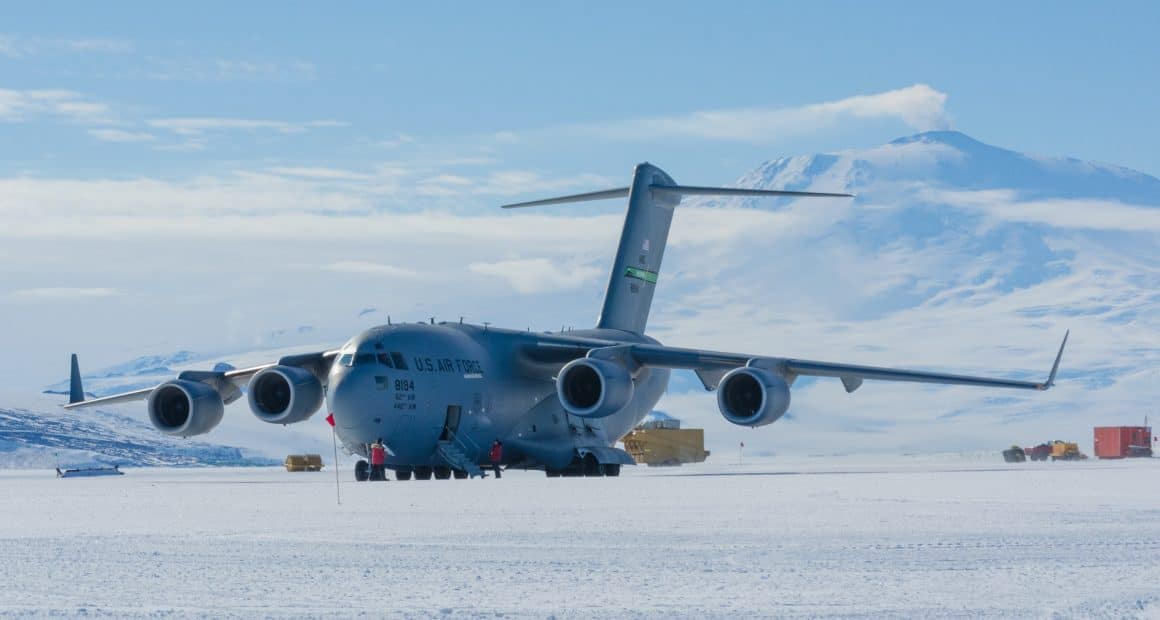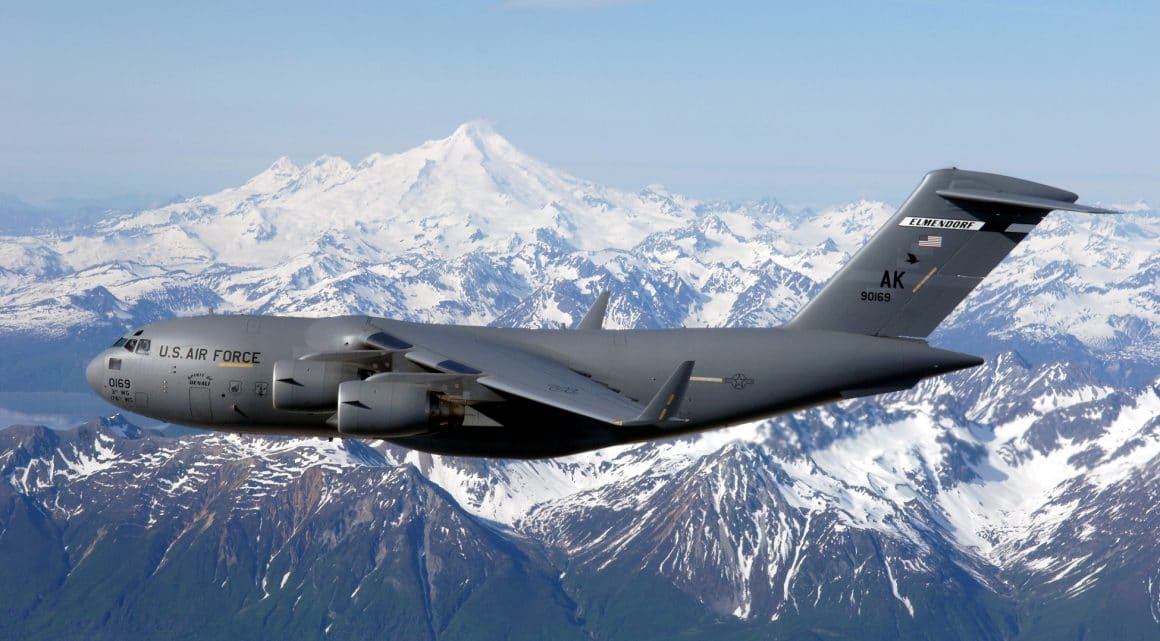They are Airbus’s delivery ships of the sky.
The Airbus A300-600ST Beluga is built using many of the components from the standard A300-600 wide-body airliner. The ST in the designator stands for the original name: Super Transporter. It is a super transporter, but the name Beluga stuck and hasn’t let go.
There are a total of five operational Belugas flying aircraft components between factories spread around Europe. Unmistakable for their size and appearance, the A300-600STs have been incrementally updated, upgraded, and improved during their 21 years of service. Belugas have performed charter flights to carry outsized cargo such as a huge chemical tank for a merchant vessel, two complete NH90 helicopters and a single Eurocopter Tiger attack helicopter from France to Melbourne in Australia for the Avalon Airshow, and large / voluminous space vehicle components and satellites for multiple national space programs including the National Aeronautics and Space Administration (NASA) and the former Soviet Union. Belugas have also flown relief supplies to areas devastated by tsunamis and hurricanes.
Replacement coming soon
 The Beluga is due to be replaced by a similarly modified version of the A330. The Beluga has carried components of Airbus aircraft since it took over from four even more-modified Super Guppy transporters in 1996. But rather than locate the forward loading door behind the cockpit like the Guppies, the Beluga relocated the cockpit to a location below the loading door, which means systems don’t all have to be disconnected every time the door is used. First deliveries of modified A330 will begin in 2019.
The Beluga is due to be replaced by a similarly modified version of the A330. The Beluga has carried components of Airbus aircraft since it took over from four even more-modified Super Guppy transporters in 1996. But rather than locate the forward loading door behind the cockpit like the Guppies, the Beluga relocated the cockpit to a location below the loading door, which means systems don’t all have to be disconnected every time the door is used. First deliveries of modified A330 will begin in 2019.
Watch the video and become enlightened about how Belugas work.
[youtube id=”Q2564K1h3hU” width=”800″ height=”454″ position=”left”]

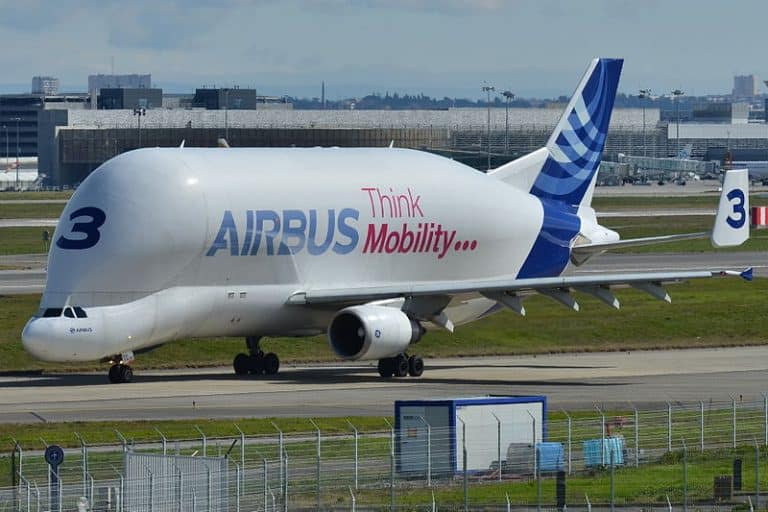
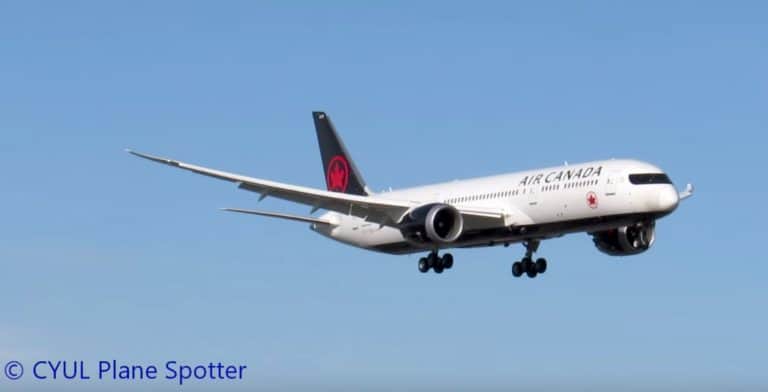
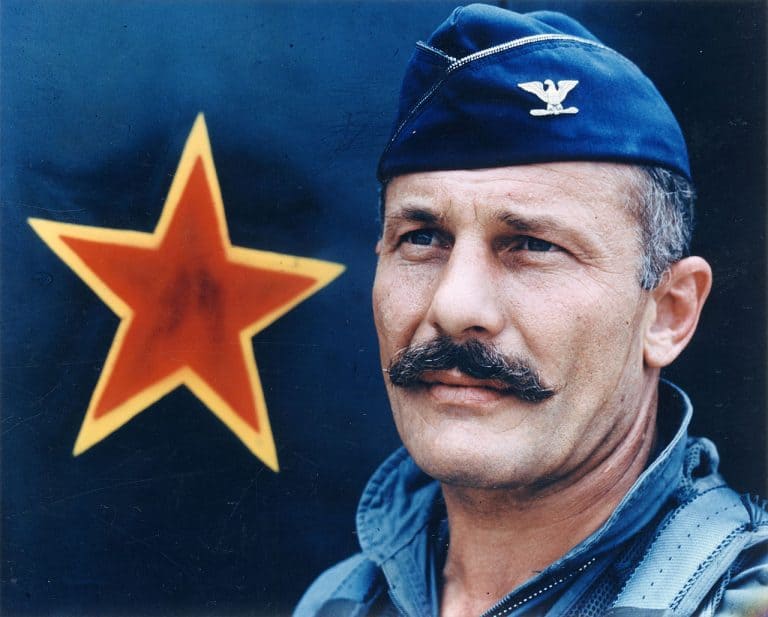
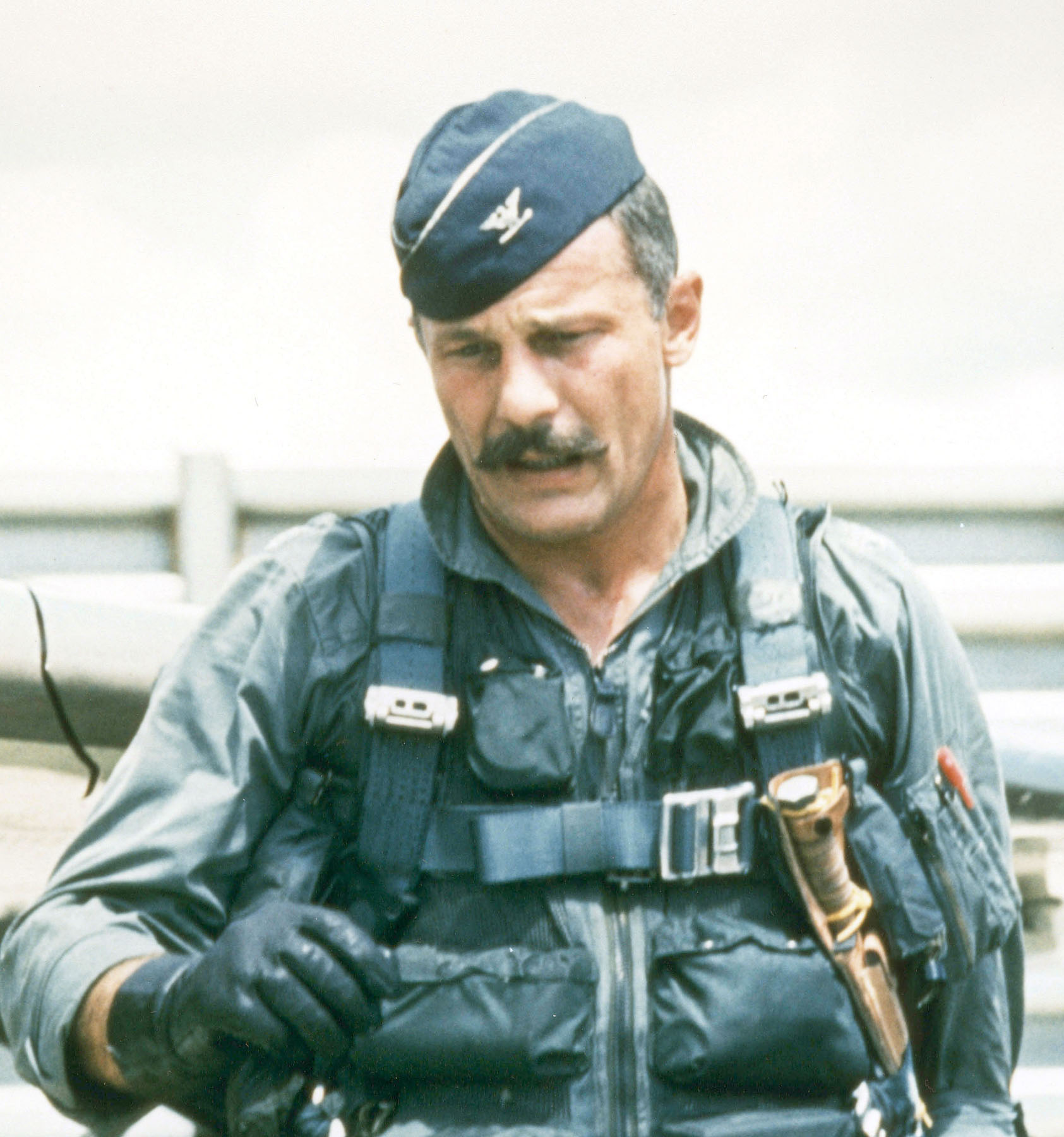
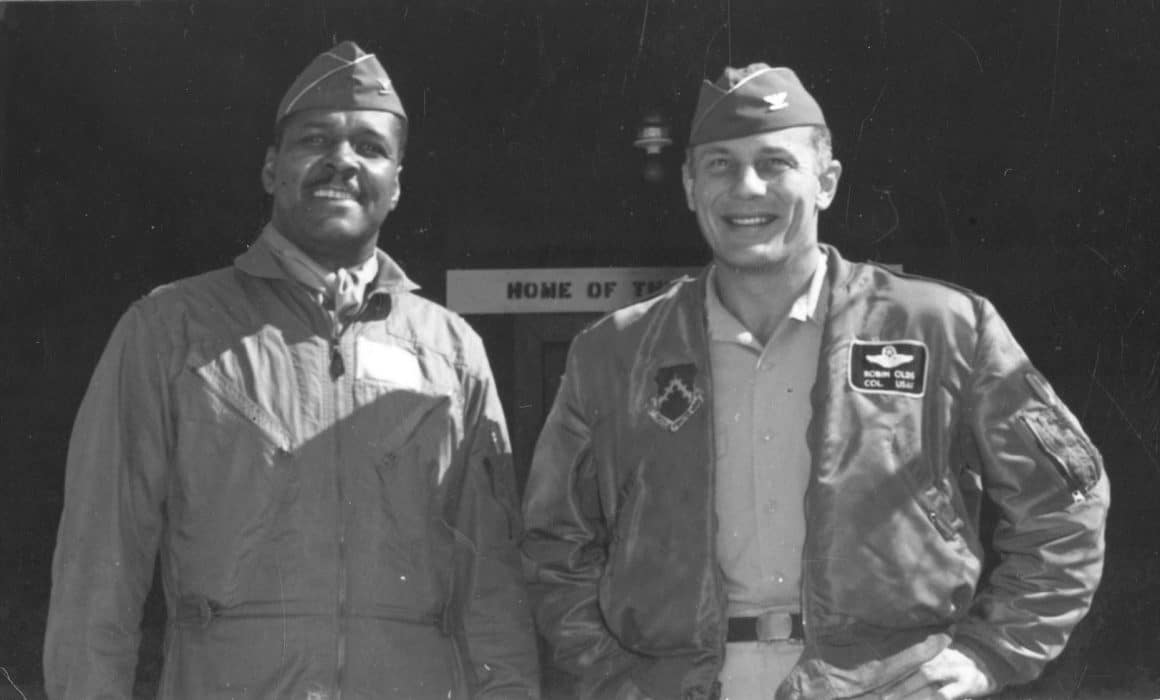
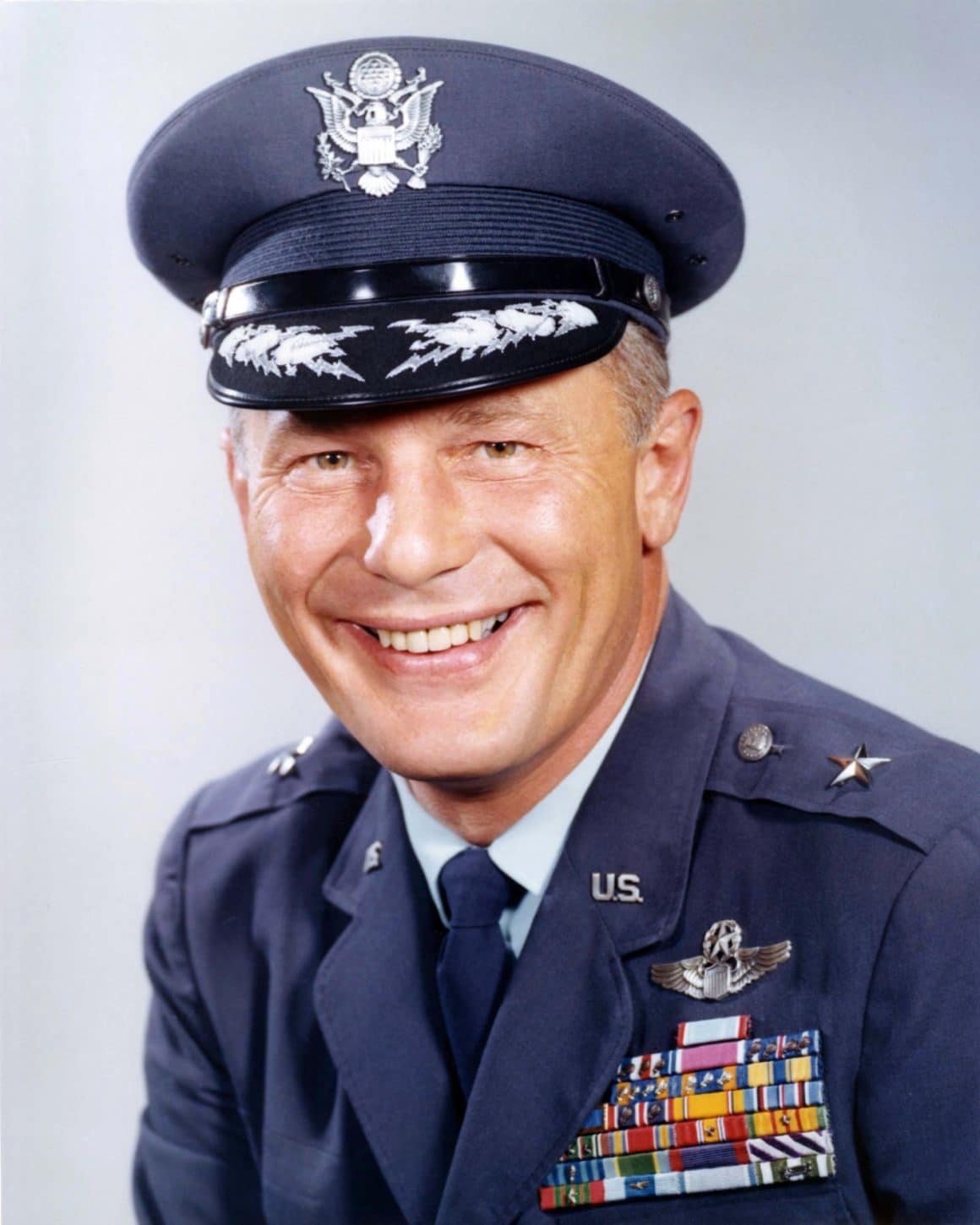
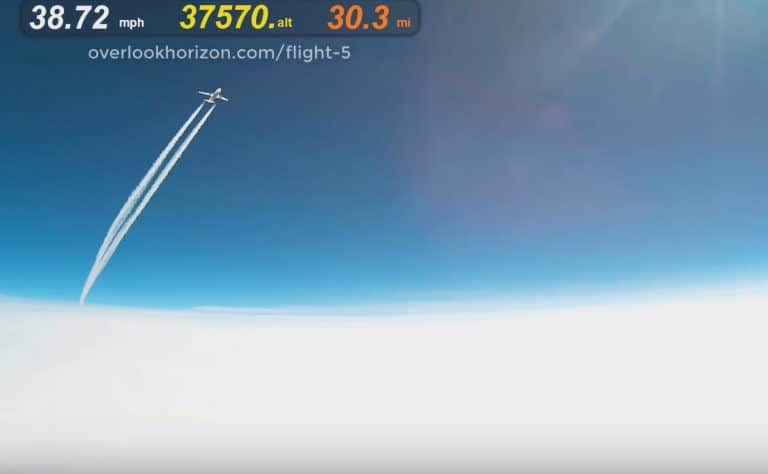

 Photo Credit: Ryan Sundheimer / AirshowStuff
Photo Credit: Ryan Sundheimer / AirshowStuff